Plot Summary of «The Big Short» (2015)
«The Big Short,» directed by Adam McKay, is a riveting film that unravels the complexities of the 2008 global financial crisis. The story follows a group of eccentric and visionary investors who predict the impending collapse of the housing market and decide to bet against the big banks. Through their unorthodox methods and keen insights, they aim to profit from the impending financial disaster.
As the narrative unfolds, viewers are introduced to a diverse cast of characters, each with their unique approach to navigating the volatile world of finance. From the socially awkward but brilliant Dr. Michael Burry (played by Christian Bale) to the hot-headed and determined Mark Baum (portrayed by Steve Carell), the film delves into the personal and professional lives of these individuals as they take on the financial giants.
The protagonists’ journey is fraught with challenges and skepticism from the industry, as they face off against Wall Street insiders who are blinded by greed and corruption. As they delve deeper into the intricacies of the housing market and the toxic financial instruments that underpin it, they realize the scale of the impending crisis and the moral implications of profiting from others’ misfortune.
Through a series of cleverly crafted scenes and sharp dialogue, «The Big Short» manages to demystify complex financial concepts for the audience while maintaining a sense of urgency and suspense. The film’s non-linear narrative style and use of real-world footage add a layer of authenticity to the storytelling, immersing viewers in the high-stakes world of finance.
Ultimately, «The Big Short» is more than just a financial thriller; it is a cautionary tale about unchecked greed, corporate malpractice, and the human cost of economic collapse. By shedding light on the events leading up to the crisis and the individuals who saw it coming, the film prompts viewers to reflect on the systemic issues that continue to plague the global financial system.
In conclusion, «The Big Short» is a compelling and thought-provoking film that offers a unique perspective on one of the most significant financial crises in modern history. With its stellar performances, engaging storytelling, and timely message, this movie is a must-watch for anyone interested in understanding the complexities of the financial world and its impact on society.
Interesting Facts About «The Big Short» (2015)
«The Big Short,» a 2015 film directed by Adam McKay, offers a compelling look into the events leading up to the 2008 global financial crisis. Behind the scenes, there are numerous fascinating facts that contribute to the film’s impact and success. Let’s delve into some intriguing details about this thought-provoking movie:
- Real-life Inspiration: The film is based on Michael Lewis’s non-fiction book «The Big Short: Inside the Doomsday Machine,» which explores the individuals who predicted and profited from the housing market collapse.
- A-List Cast: «The Big Short» boasts an ensemble cast of talented actors, including Christian Bale, Steve Carell, Ryan Gosling, and Brad Pitt, who deliver powerful performances that bring the characters to life.
- Breaking the Fourth Wall: The film breaks the fourth wall by having characters directly address the audience, adding a dynamic and engaging element to the storytelling.
- Educational Value: Despite its complex subject matter, the film manages to simplify financial concepts for viewers, making it both informative and entertaining.
- Oscar Success: «The Big Short» received critical acclaim and multiple award nominations, including five Academy Award nominations and winning the Oscar for Best Adapted Screenplay.
- Unique Narrative Style: The film employs a non-linear narrative style, jumping between different timelines and perspectives to provide a comprehensive view of the financial crisis.
- Cameo Appearances: Several real-life personalities make cameo appearances in the film, including Margot Robbie, Selena Gomez, and Anthony Bourdain, who help explain complex financial terms in layman’s terms.
- Sound Editing: The film’s sound editing plays a crucial role in creating tension and atmosphere, enhancing the viewing experience without relying on a traditional musical score.
- Cinematic Techniques: Director Adam McKay incorporates innovative cinematic techniques, such as split screens and montages, to visually represent complex financial transactions and concepts.
- Critical Acclaim: «The Big Short» was praised for its bold storytelling, sharp wit, and timely message about the dangers of unchecked greed in the financial industry.
- Historical Accuracy: Despite some creative liberties taken for dramatic effect, the film stays true to the key events and players involved in the lead-up to the financial crisis.
- Impactful Message: The film’s underlying message about corporate malpractice, ethical responsibility, and the human cost of financial collapse resonates with audiences long after the credits roll.
- Box Office Success: Despite its niche subject matter, «The Big Short» performed well at the box office and garnered a loyal following of viewers interested in its unique take on the financial crisis.
- Award-Winning Performances: Several actors in the film received individual accolades for their performances, further solidifying the movie’s reputation as a standout in contemporary cinema.
- Cultural Relevance: «The Big Short» remains relevant in today’s economic landscape, serving as a cautionary tale about the consequences of unchecked speculation and greed in the financial sector.
These intriguing facts offer a glimpse into the intricate world of «The Big Short» and highlight why it continues to captivate audiences with its blend of drama, humor, and social commentary.


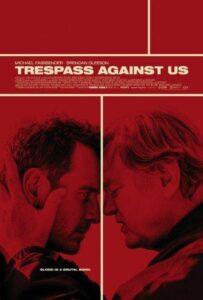
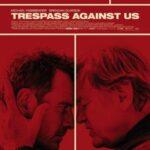
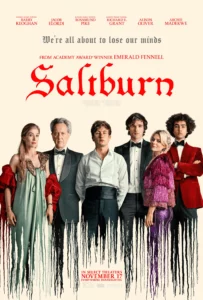




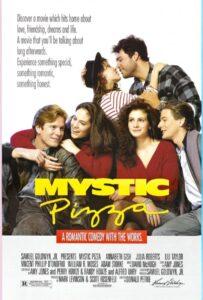
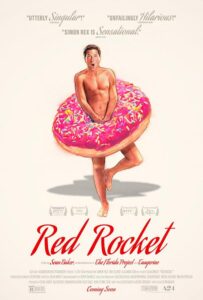
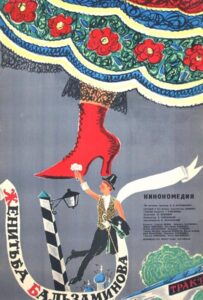
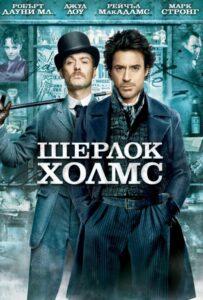

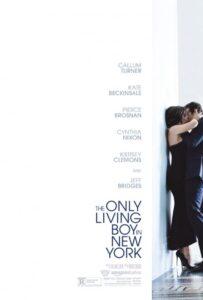
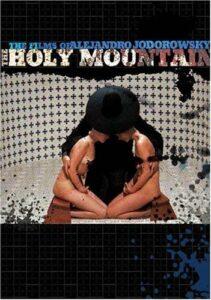
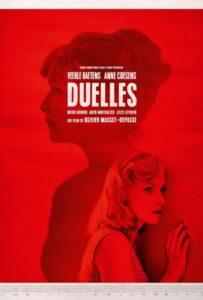

Оставь свой отзыв ?
Комментариев пока нет, будьте первым!